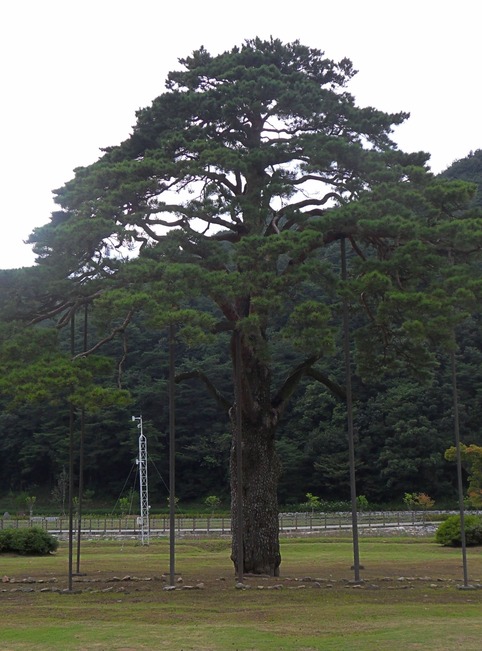Pine tree management involves three key stages: establishment, thinning, and regeneration. Each stage requires specific techniques and considerations to ensure the healthy growth and development of pine trees.
What are the Techniques for Pine Tree Establishment?

During the establishment stage, several techniques can be employed to enhance the growth of pine seedlings:
- Soil Preparation:
- Site Preparation: Clear the area of debris, weeds, and competing vegetation to ensure optimal growing conditions. This can be done through mechanical or chemical methods, such as herbicide application.
-
Soil Amendments: Add organic matter like compost or manure to improve soil fertility and structure. This can be done at a rate of 1-2 cubic yards per acre, depending on soil type and condition.
-
Watering Schedules:
- Initial Watering: Water seedlings immediately after planting to settle the soil and provide adequate moisture. Watering should be done at a rate of 1-2 gallons per seedling, depending on soil type and weather conditions.
-
Ongoing Watering: Water seedlings regularly, especially during periods of drought. Aim for 1-2 inches of water per week, either from rainfall or irrigation.
-
Nutrient Requirements:
- Fertilization: Apply a balanced fertilizer (e.g., 10-10-10 NPK) at planting time, following the manufacturer’s instructions. This can be repeated annually, depending on soil fertility and tree growth.
What is the Purpose of Pine Tree Thinning?

Thinning is a crucial stage in pine tree management, serving several purposes:
- Purpose of Thinning:
- Tree Health: Thinning removes weak, diseased, or damaged trees, reducing competition and promoting the growth of healthy trees.
- Growth Rates: Thinning allows remaining trees to access more resources like light, water, and nutrients, leading to increased growth rates.
-
Biodiversity: Thinning can create a more diverse forest structure, supporting a wider range of plant and animal species.
-
Recommended Thinning Intervals and Methods:
- Interval: Thinning should be done every 6-8 years, depending on the specific pine species and stand conditions.
- Methods: Selective thinning, where the weakest trees are removed, is a common method. This can be done through mechanical or manual means, such as cutting or pulling.
How Can Pine Trees be Regenerated?
Regeneration involves the natural or artificial establishment of new pine trees:
- Natural Regeneration:
- Shelterwood Method: This method involves gradually removing the canopy to allow natural regeneration to occur. Thinning is done in stages, with the final harvest leaving enough trees to provide shade and protection for the new seedlings.
-
Gap Thinning: This method involves creating gaps in the canopy to allow sunlight to reach the forest floor, promoting natural regeneration.
-
Artificial Regeneration:
- Planting: Plant pine seedlings in prepared soil, following the same techniques as during the establishment stage.
What are the Advanced Insights and Critical Details in Pine Tree Management?
- Pine Tree Physiology: Understanding the growth patterns of pine trees is essential for effective management. Pine trees can grow in two directions simultaneously, with primary growth (height) and secondary growth (girth).
- Thinning Cycles: Thinning cycles should be tailored to the specific pine species and stand conditions. For example, loblolly pine may require more frequent thinning than other species.
- Monitoring and Assessment: Regular monitoring and assessment of the stand are crucial to adjust management strategies and ensure the desired outcomes.
Reference:
- Managing Pine Trees with a Thinning – Land-Grant Press (2023)
-
-
Pine Stand Thinning – Clemson Extension Forestry and Wildlife (2022)
-
-
Silvicultural Considerations in Managing Southern Pine Stands – USDA Forest Service (2005)
- https://www.srs.fs.usda.gov/pubs/gtr/gtr_srs140/gtr_srs140_317.pdf.
